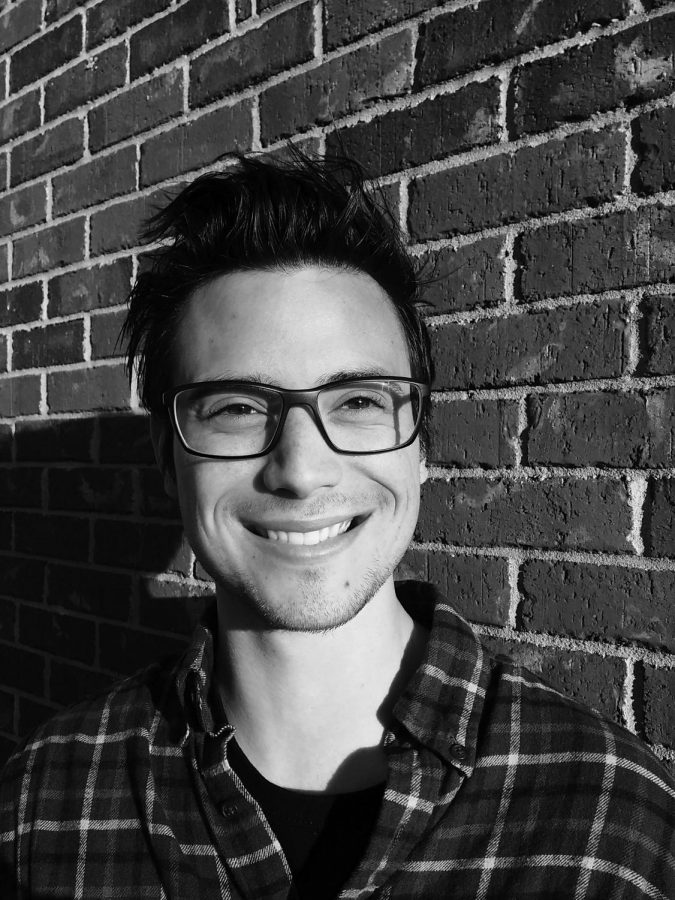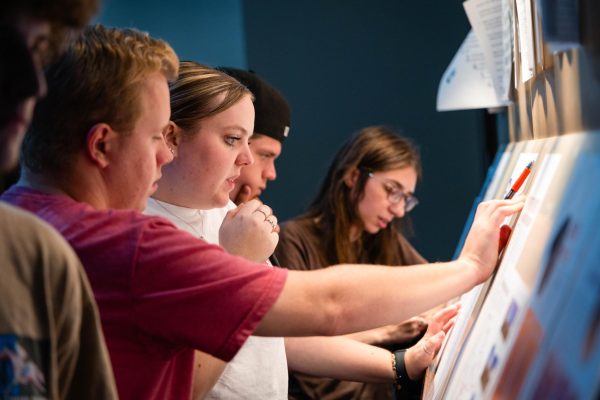“The Following” reflects gender of crime in America
April 23, 2015
“The Following” focuses on the larger-than-life, unconventional group of serial killers— each elaborately interconnected. Originally framed as a Poe-inspired group of serial killers, “The Following” grew to encompass many forms of cult worship in the second season. Now, in its current season, the show has expanded to a larger, more mysterious community of psychopaths.
“The Following” is less about gender equality and more about the two leading men— Ryan Hardy (Kevin Bacon) and Joe Carroll (James Purefoy). The two appear to be connected. Both representing killers only distinguished by intention. While Hardy and Carroll are largely defined by death, Hardy suffers from the tragedy and Carroll rejoices.
Perhaps meant as social commentary, most of the profiled killers are male, aligning with common criminal statistics, finding men predominantly responsible for violent crimes. However, this leaves the cast and recurring characters of “The Following” less diverse. Most criminals leading cult figures and cult members are men.
This is, of course, less true with the FBI. Fans recall favorites like Agent Debra Parker, cult survivor and religion specialist, who tragically died in the season one finale. Parker was one of the most beloved characters on the show. She often brought a sense of humanity and compassion to an otherwise brutal plot. Perhaps purposefully, season two brought viewers Agent Gina Mendez— widely seen as Parker’s doppelgänger. Mendez is also one of the only gay characters on the show and actually directs Ryan Hardy’s case against Joe Carroll.
Beyond Parker and Mendez, fans are left only with Hardy’s niece, Max. Max Hardy’s character seems not worth the effort to fully develop. Writers have limited Max to an identity perpetually in the shadow of Ryan. Despite her training, veritable skills and experience, the teammate is either wrapped up in a love triangle with two of her coworkers or taking orders from Ryan to stay out of danger.
As for serial killers, the story remains rather one-sided. Seasons one and two, fans were subjected to Emma Hill, Joe’s faithful fangirl. As a woman personally chosen and trained by Carroll, Hill served as lieutenant in his murderous cult. Though Emma survived countless close encounters with death, she remained unchanged and personally tied with Joe. Unable to form her own identity, her obsession with Carroll edged on insanity. Other female serial killers followed the same template— finding meaning in the charismatic men leading their lives.
It took the (almost) unstoppable Lily Grey to break the cycle of female dependence. As the second season leading woman, she was the one of the only females fully autonomous from the males in the surrounding cast. A cult leader in her own right, Lily Grey was a fully rounded psychopath. As a successful businesswoman, she funded her own safe houses, covered her crimes and managed to raise her two disturbed sons.
Beside a handful of recurring women in the series, the leading characters are almost exclusively white— with the exception of this season’s main psychopath, Theo Noble, and a few side castmates in the FBI.
While the series offers little in way of complex female killers or agents, the show has many past characters that surely make way for more independent women to appear in later episodes. While the show has fairly equal female representation in the FBI, the women on the cast lack much depth and personality. It is also important to remember that the show may intentionally reflect the larger percentage of male violent offenders— especially male serial killers and cult leaders. This may suggest that the show isn’t so guilty of a homogenized cast but attempts to accurately reflect the understood nature of crime in America.
Obviously, “The Following” lacks in gender and racial diversity. But the show is a complex, suspenseful thriller that will keep you on the edge of your seat with major plot twists every episode.






















